Ultimately, you want people to convert.
You don’t want them to find your website and bounce. And you definitely don’t want them to click to your landing page, read the copy, and leave because it wasn’t convincing.
More than anything, though, you don’t want your target market to go to the competition because they can’t find you in the first place.
This means two things.
- You need your website to show up in Google search results.
- You need to optimize your landing page for conversions.
As we’ll discuss shortly, those two goals are more closely related than meets the eye.
And that’s a good thing. That means that you can potentially knock out two birds with one stone.
And in the complicated SEO environment that marketers find themselves in, you need every trick at your disposal.
Just consider the rise of voice search.
And think about the recent rise of video content in the online universe.
The point is, SEO and content marketing are constantly changing.
One year, consumers and B2B buyers prefer blog posts. Another year, they prefer live video.
One year, they want to see infographics. The next year, it’s SlideShares.
Keeping up with that constantly-changing SEO, conversion rate optimization, and marketing environment is difficult enough.
The last thing you want to do is throw additional hurdles in the way of your efforts.
Fortunately, however, Conversion Rate Optimization (CRO) pros have a few tricks regarding SEO that you can stuff up your sleeves.
And then you can unleash them when it’s appropriate.
First, though, here’s why SEO and CRO are so undeniably linked together.
The undeniable connection between SEO and CRO
SEO (search engine optimization) is the pursuit of trying to rank your website or a certain page on Google.
This is an important tactic for obvious reasons.
First of all, the higher you rank on Google, the more you’ll drive traffic, build brand awareness, and increase your overall ROI.
To illustrate exactly how critical SEO is for your business, just consider that 93% of online experiences start with a search engine.
And you don’t want to miss out on that traffic potential.
CRO is equally important for similar reasons.
If people don’t convert, then you don’t have a sustainable business model.
At the end of the day, people have to buy from you. And if they don’t, then your business is going to fail regardless of how much traffic your website has.
The goal of CRO is to test and change your landing pages so that a greater portion of your traffic buys.
Already, it might be clear to you how the two are connected.
SEO drives traffic to specific pages on your website, and CRO encourages a great portion of that same traffic to buy your product.
SEO and CRO are a match made in heaven.
But that fact raises another question that’s even more important.
How, exactly, can you leverage the two in unison?
If you have tons of traffic but no one is converting, that’s bad for business.
And if you have a landing page that you have optimized for conversion but not traffic, that’s equally bad for business.
In other words, you need both.
So here are seven chasm-crossing strategies that CRO pros teach that will simultaneously increase your rankings and your conversions.
Let’s get started.
1. Decrease page load time
The amount of time it takes for your landing page to load matters for two reasons.
- A slow load speed directly hurts your rankings.
- A slow load speed directly hurts your conversion rate.
It hurts your rankings because Google considers how quickly your page loads when deciding how high to rank you.
Plus, a slow load speed increases your bounce rate, which, in turn, further hurts your rankings.
A slow website hurts your CRO because people hate waiting for a website more than a few seconds.
But you know that. You and I have both clicked the X at the top of our browsers because a website took more than four or five seconds to load.
And since there are plenty of other online options to satisfy our desire for remarkable content, clicking that X is easier than ever before.
We can just find somewhere else to go — a website that doesn’t take an exceptional amount of time to load.
In fact, every second counts.
As seconds increase, page abandonment also increases.
Here are some more specific statistics directly from Google.
When your load time goes from one second to three seconds, your bounce probability increases by 32%.
From one to five seconds, that percentage increases by 90%, and it goes up to 106% at six seconds. Worse yet, there’s a 123% increase if your page takes ten seconds to load.
As you can see, your load speed matters.
But it doesn’t just matter for conversions and bounces. It directly impacts your rankings on Google.
To prove it, check out this graph that shows the correlation between load speed and SERP position.
Here’s the bottom line: a faster landing page ranks better and converts more.
Try decreasing the file size of your images and cleaning up the HTML and Javascript on your website to reap those benefits.
2. Create more (and longer) content
Maybe you’ve started to dip your toes into content marketing.
Or maybe you haven’t done any content marketing at all.
Whatever the case, you need to be investing budget and bandwidth into content creation if you want to build an amazing landing page that ranks well on Google.
Generally speaking, the more content you create, the better.
And the longer that content is, the better.
That seems counterintuitive in our fast-paced world, doesn’t it?
As it turns out, search engines and people alike prefer in-depth, high-quality content over quick tidbits of worthless information.
That’s probably why growing an organic presence, creating blog content, and amplifying that content’s distribution are the top three priorities for inbound marketers.
Marketers know that content can help them increase rankings and drive sales.
So they want to create more content, and they want to distribute it better.
This is a train you don’t want to miss.
Just consider that content around 2,000 words generally ranks the best on Google results.
That’s without even mentioning the fact that with more content comes more opportunities to rank on Google. And that means more opportunities to convert valuable traffic.
This means two things.
- You should create more content.
- And you should create longer content.
With that, you’ll rank better and sell more.
So if you don’t know what to do to increase your conversions and rankings, then try creating longer content more often.
3. Run an influencer marketing campaign
You’ve probably heard about influencer marketing.
Unfortunately, many marketers still haven’t adopted the strategy for driving conversions and even SEO.
Many marketers still aren’t sure how to invest in influencer marketing or why they should.
In fact, only 65% of brands use influencer marketing.
That might seem high, but it’s quite low when you consider just how effective influencer marketing can be.
The reality, though, is that influencer marketing can make a massive impact on your conversion rate and your rankings if you do it right.
How?
Well, let’s think about it.
With an influencer marketing campaign, you not only drive more traffic to your website (which increases your rankings), but assuming that you chose the right influencer to work with, the traffic you drive is also high-commitment traffic.
Just consider this influencer marketing campaign by Daniel Wellington, a watchmaker and seller.
They collaborated with multiple Instagram influencers. These influencers posted about their watches and offered a discount code to their followers.
Here’s an example of one of their posts.
And here’s another example.
For Daniel Wellington’s watches, this strategy worked.
However, each business needs to find its own influencer and its own influencer marketing strategy to pursue.
Since each business is different, the influencer that you choose should also be different.
Make sure that the influencer matches your brand voice and identity.
Then, you won’t just drive any traffic. You’ll drive high-commitment traffic.
And that will simultaneously increase your conversion rate and your rankings.
4. Make your content easy to share
If people don’t share your content with their friends, then your business misses out on a ton of ranking and converting potential.
With more social signals to your website comes an increase in your SEO.
And with more shares comes more clicks, more traffic, and more sales.
That’s a win for your ROI and your overall marketing tactics.
You clearly want people to share your content. That’s why you created it in the first place.
But getting people to share it is easier to say than to do.
You have to make sure that your content is not only of a remarkable caliber, but also that it’s easy for your audience to share.
That’s why I always include share buttons on my blog posts. If someone likes my content, I want it to be as easy as possible for them to share it with their friends.
You can take that a step further, however, and even include social proof based on how many people have already shared the article.
If your audience can see that other people have shared the content, then they’ll be more likely to share it themselves.
This doesn’t have to be complicated, though.
You can do something as simple as what Success does on their website.
And when you’re creating an infographic, consider adding the embed code at the bottom of the graphic.
That way, people who want to publish it on their blog (with a backlink to your website) can do so easily.
You created the content on your website. And the more people who share that content, the more opportunities you have to increase your rankings with social signals, and the more conversions you’ll receive.
Since you took the time to create a remarkable blog post or infographic or video, make that content as easy to share as possible.
The more people who share, the better.
5. Place your CTA after the content
It’s tempting to place your CTA at the very top of your blog post or landing page.
After all, you want people to buy, and you want them to do so as quickly as possible.
Unfortunately, though, that just isn’t how the buying-decision process works. People need to think about your product and consider it before they buy.
Above all else, you need to give your content a chance to persuade them.
This is why you should move your CTA to the bottom and your content to the top.
Assume that people want you to convince them before they either buy your product or sign up for your email list.
HubSpot always includes one CTA at the bottom of each blog post, and it’s always relevant to the post itself.
That allows them to jump right into the content when people arrive on the page.
The less that you distract people from what they want when they land on your content, the fewer people who will bounce and the more people who will convert.
First, your traffic wants the information they came for. Then, they want to know what to do next (your CTA).
But make sure that you order those two things correctly or else your rankings and conversion rate will suffer.
6. Only have one topic per landing page
When you create a landing page, it’s tempting to put all your best offers in one place.
You have multiple amazing deals for your audience, and you desperately want to put all of those offers in front of visitors.
After all, the more offers that they see, the more likely they are to convert, right?
Wrong.
Unfortunately, they actually become less likely to convert.
Why?
Because when you give people too many options, they start trying to determine which option is the best. But when they start doing that, they get anxious about choosing the wrong option.
More often than not, this scenario ends with the visitor leaving instead of buying because of a fear of making the wrong choice.
With one option and one CTA, however, the decision path is clear.
And with clarity comes conversion.
On Unbounce’s landing page, for instance, they have a single CTA for a free course they offer.
On this page, they don’t make any additional offers. Instead, they keep the focus on the one thing they are trying to promote: a lead-generating course.
Similarly, IMPACT has this landing page that focuses on a single CTA.
Although it seems counterintuitive, a single offer creates more conversions than multiple offers do.
And, as you know, with more conversions comes a higher time on page, which, in turn, means a higher ranking for the page itself.
Make sure that you only have one CTA per page or else your rankings and conversions will suffer at the same time.
7. Craft click-worthy headlines
Has anyone ever told you that the headline is the most important part you’ll write for any piece of content?
Well, it’s true.
And if you’ve never heard that before, it’s time to take that to heart.
Because it’s true: your headline is the most important piece of your content creation.
If you don’t have a compelling headline, then no one will click, which means your SEO efforts suffer. Also, no one will buy, which means your revenue will stink.
That’s not a recipe for success.
The best way to determine which headlines are compelling and which ones aren’t is to A/B test your content.
One online website found a 28% increase in sign-ups after changing their headlines from the image on the left to the image on the right.
Of course, you don’t always have time to A/B test your own content and then change your tactics based on the results.
Fortunately, there’s a faster way to determine how compelling your headline is.
Let’s use this Smart Blogger headline as an example.
Copy the headline and paste it into the Emotional Marketing Value Headline Analyzer.
Then choose the appropriate category and click, “Submit For Analysis.”
The Smart Blogger headline, for example, passes with flying colors, falling well within the recommended emotional charge.
Why do you want your headline to invoke emotion, though?
Because people click headlines when they feel emotionally invested.
And when people click on your content, that increases your rankings and your conversion rate in one fell swoop.
Conclusion
You want to sell more products and you want to generate more leads.
But, of course, you can’t do that if people aren’t clicking on your website. And people won’t click on your website if they don’t see your pages show up on search engines.
That demonstrates the close connection between SEO and CRO.
Both are important. And they benefit each other.
For that, reason, you can increase your rankings and your conversion rate with similar tactics.
You can do this by decreasing your page load time, creating more (and longer) content, running influencer marketing campaigns, making your content easy to share, placing your CTA after the content, having only one topic per landing page, and crafting click-worthy headlines.
With that, you’ll drive traffic and conversions faster than you ever have before.
And that means that your rankings rise, your business survives, and your revenue thrives.
What SEO tactics have you stolen from CRO pros that work wonders for your rankings and conversion rate?

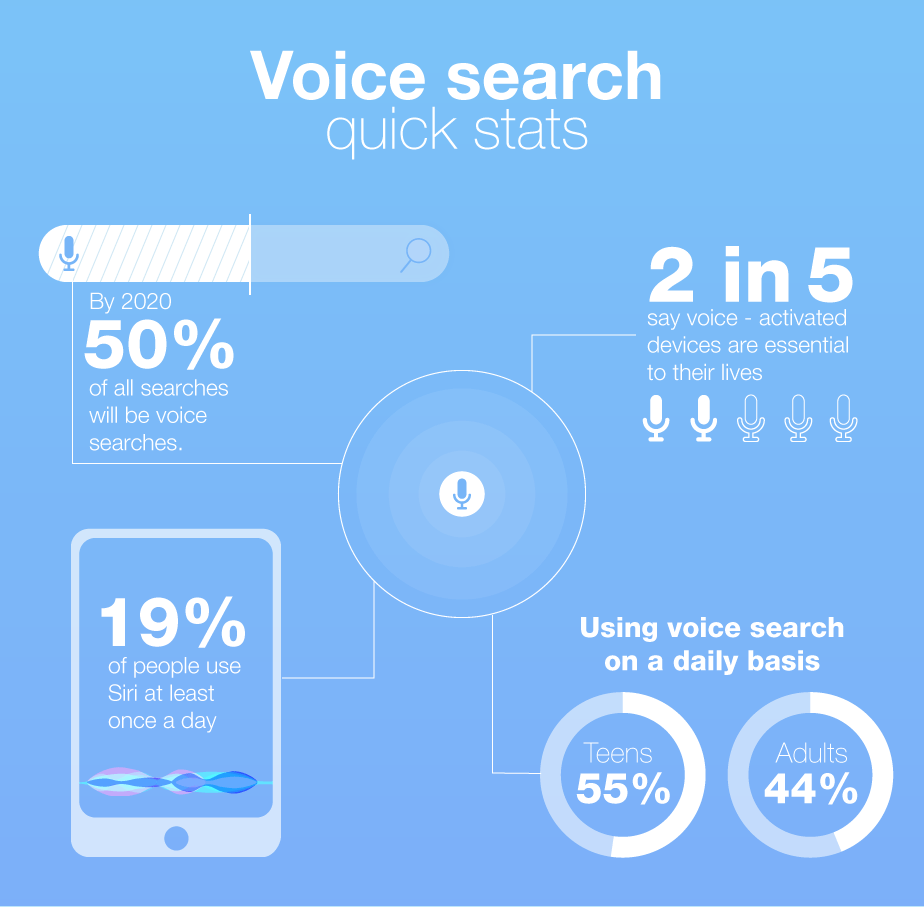
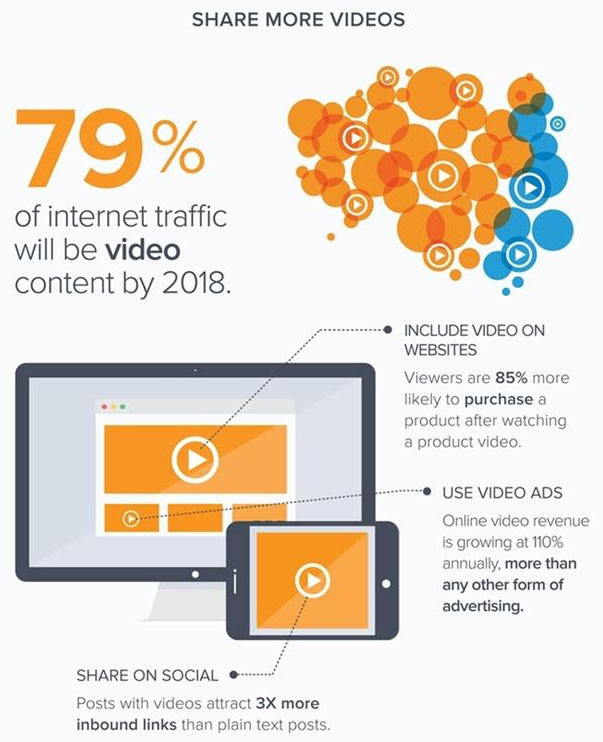
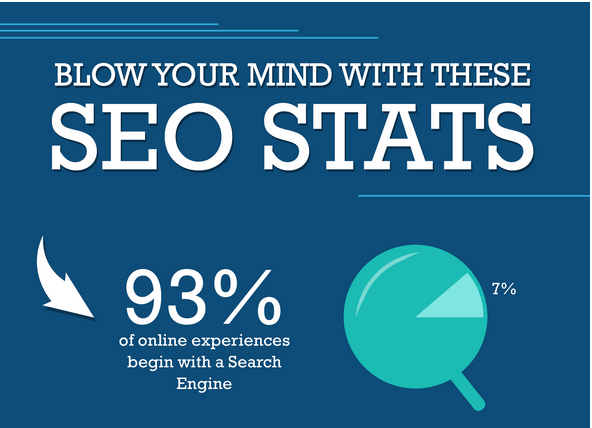
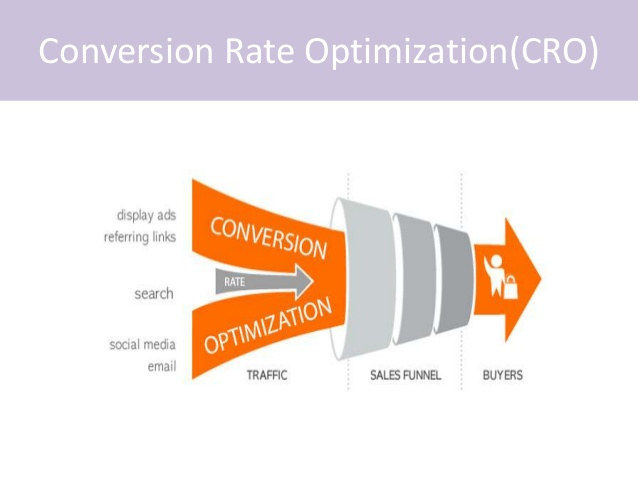
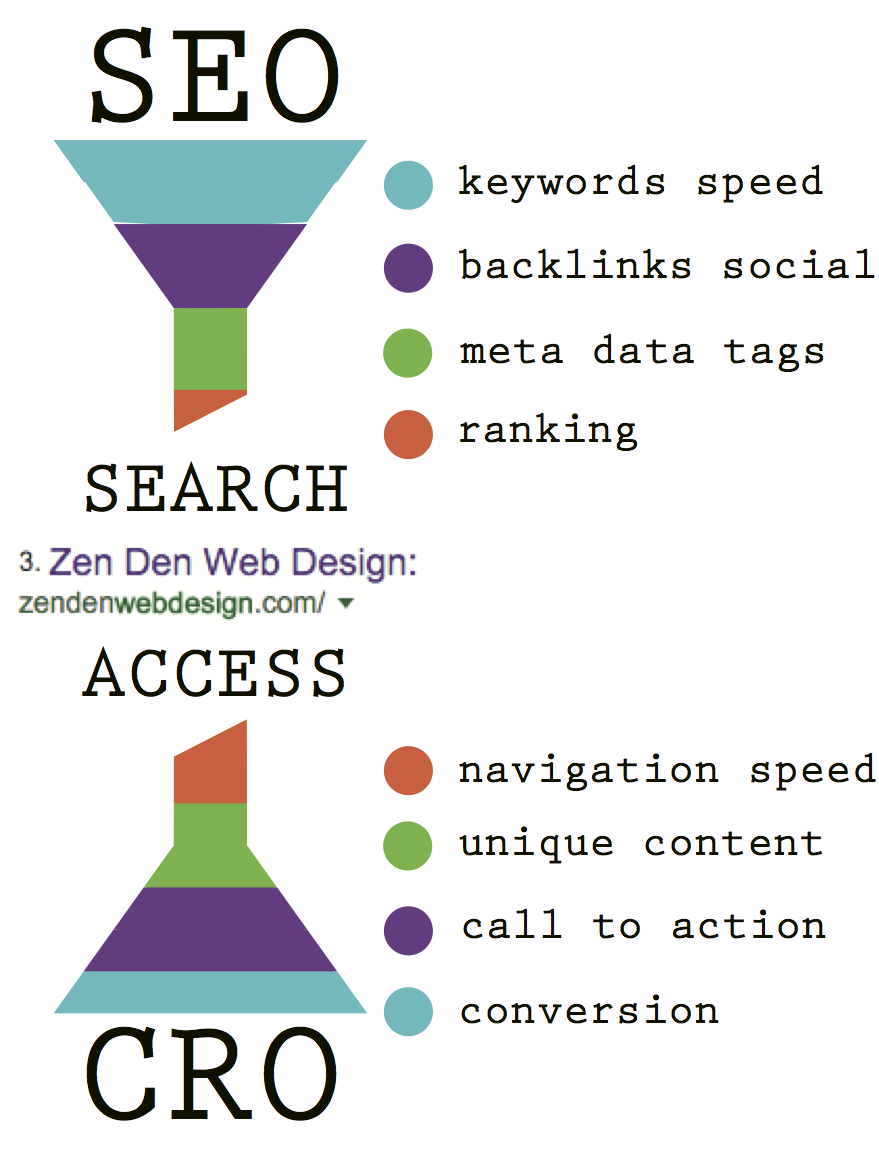
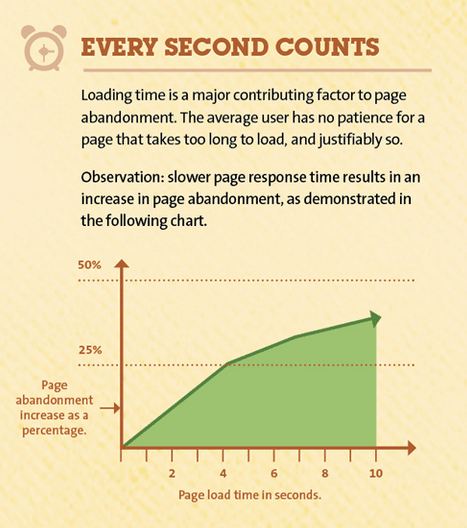
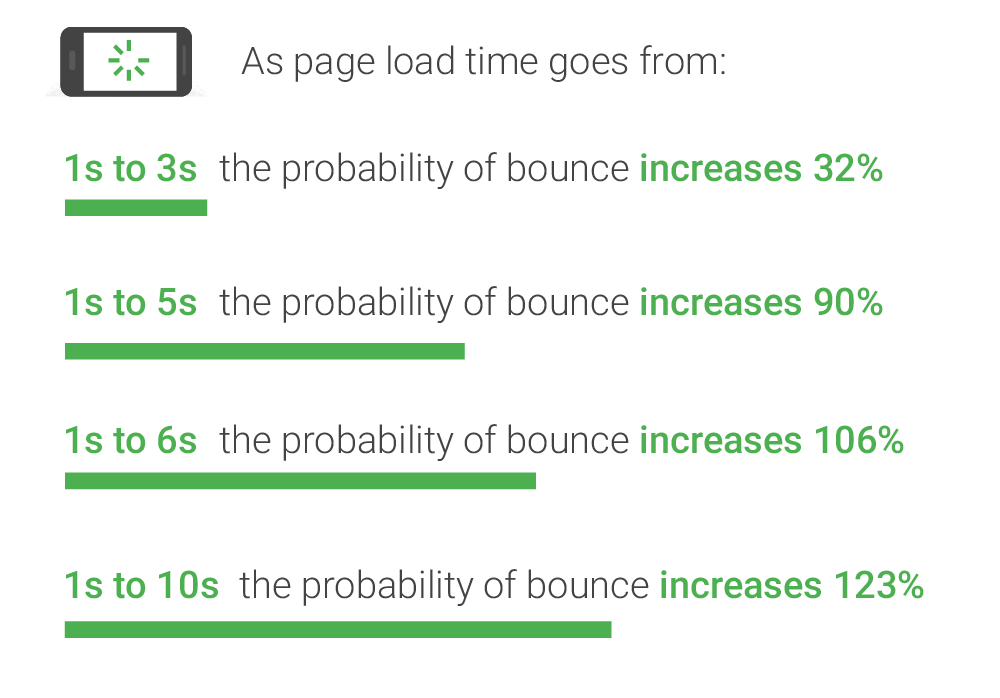
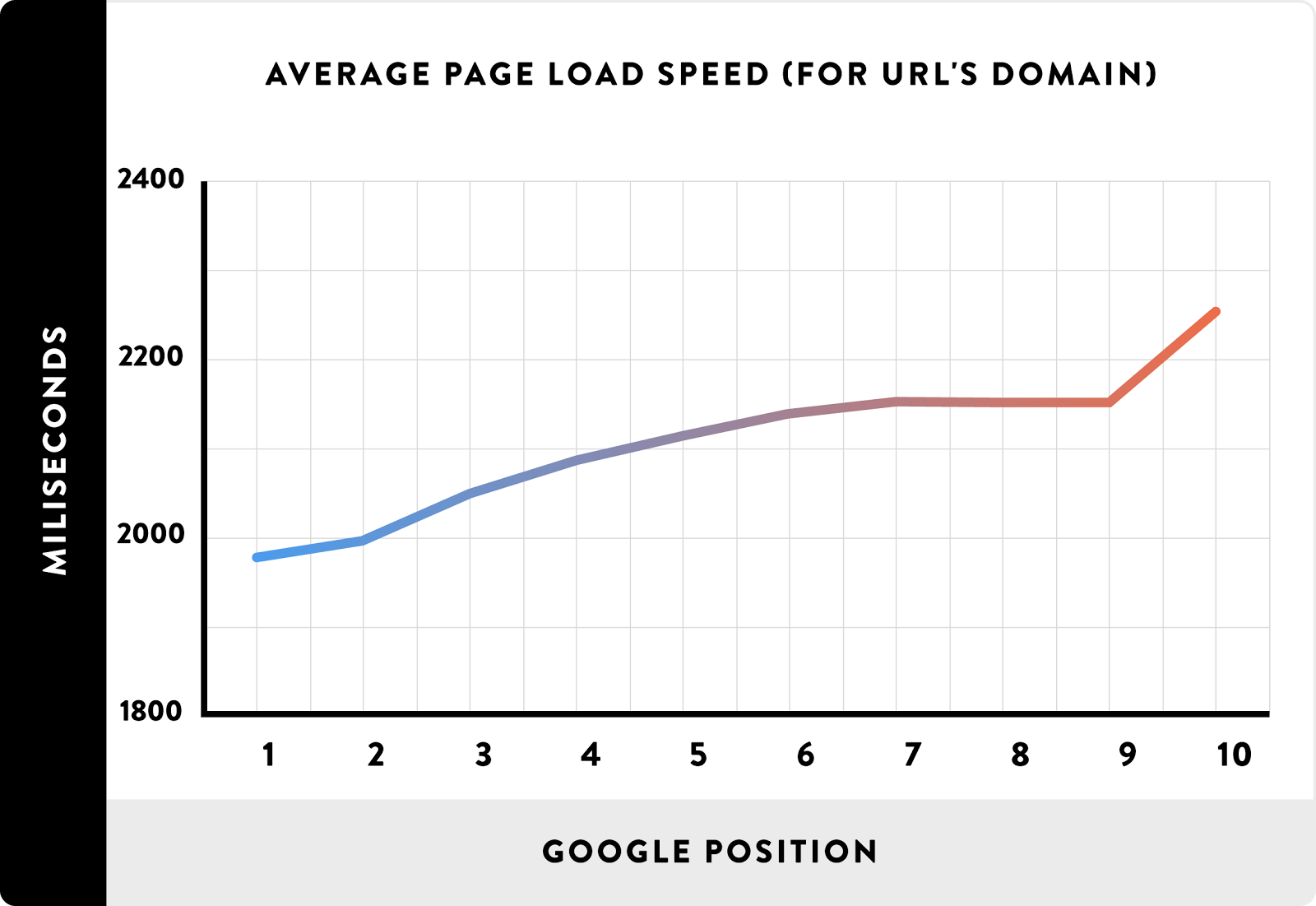
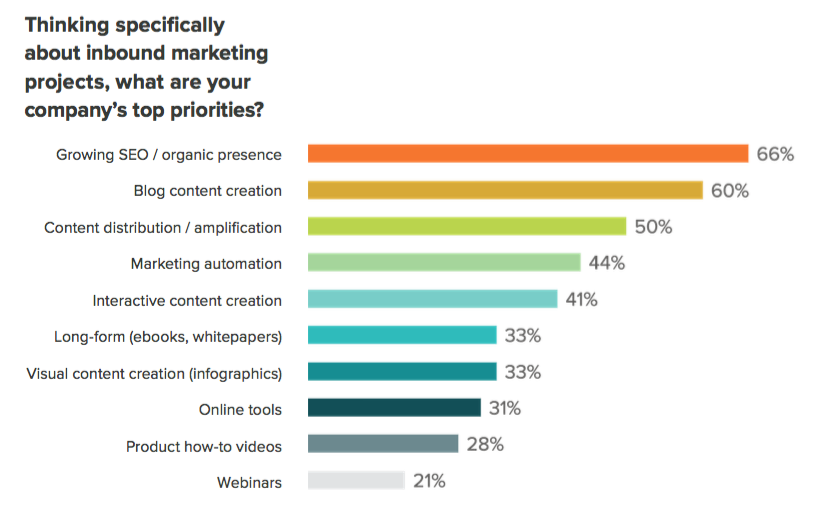

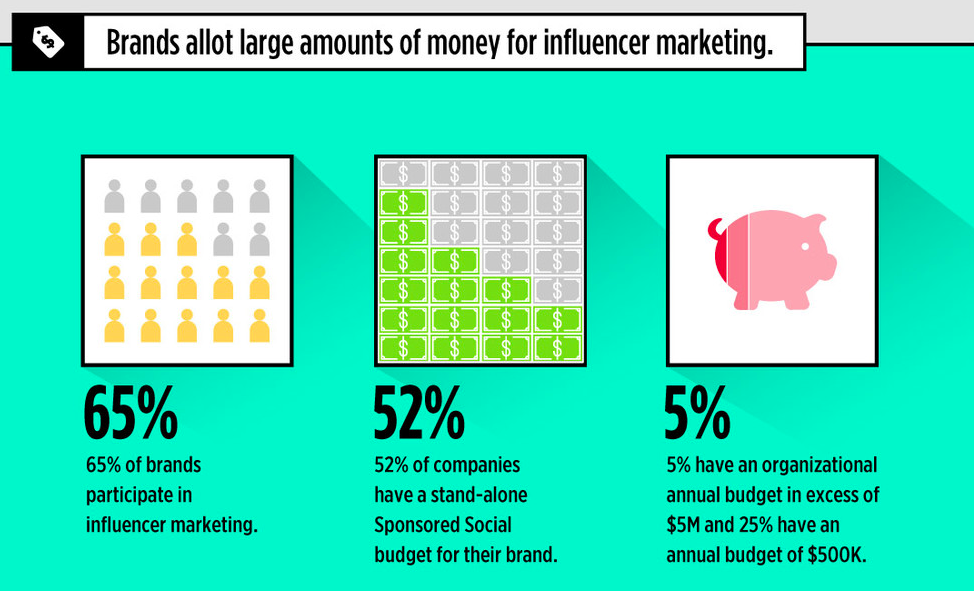


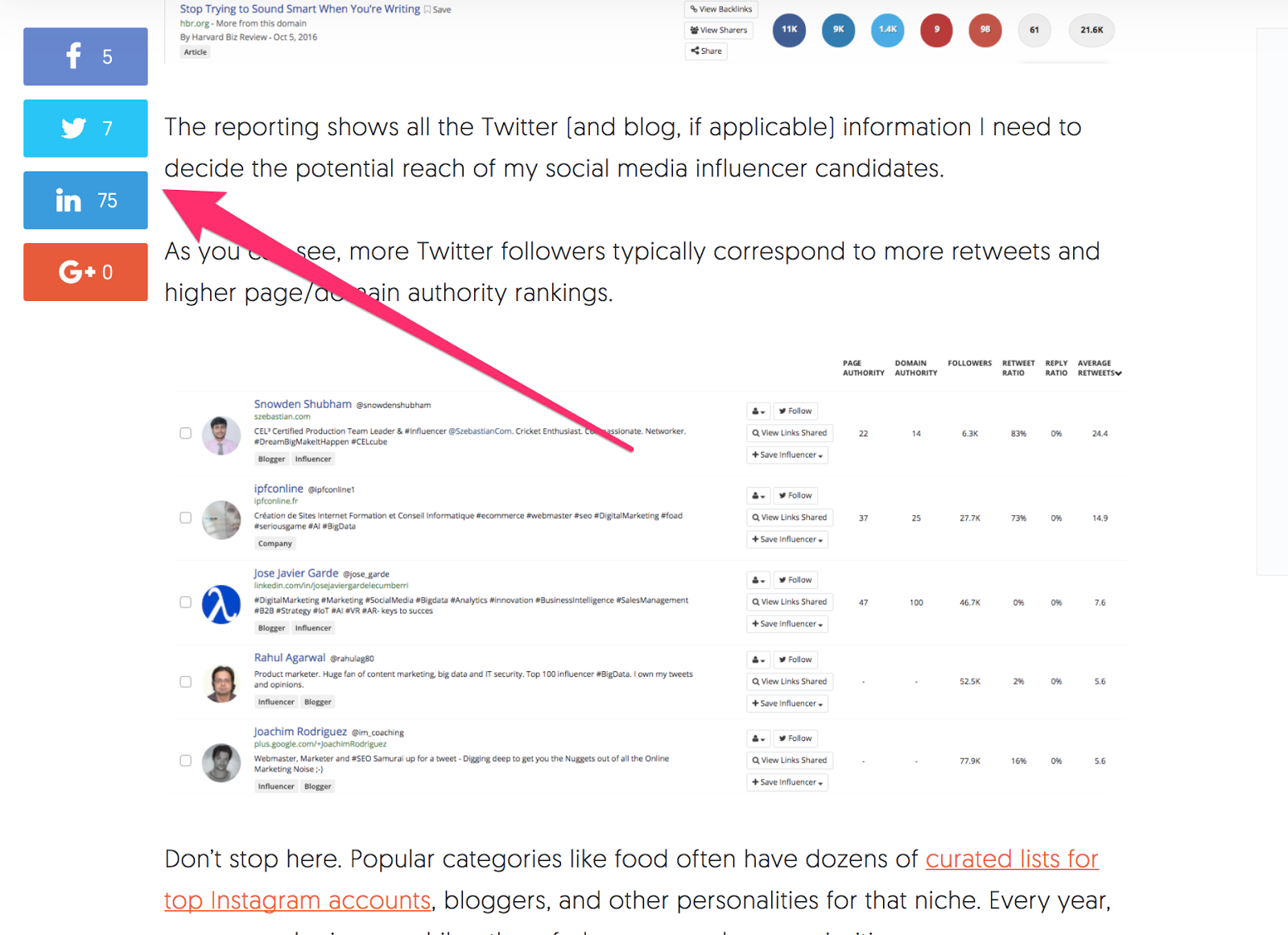
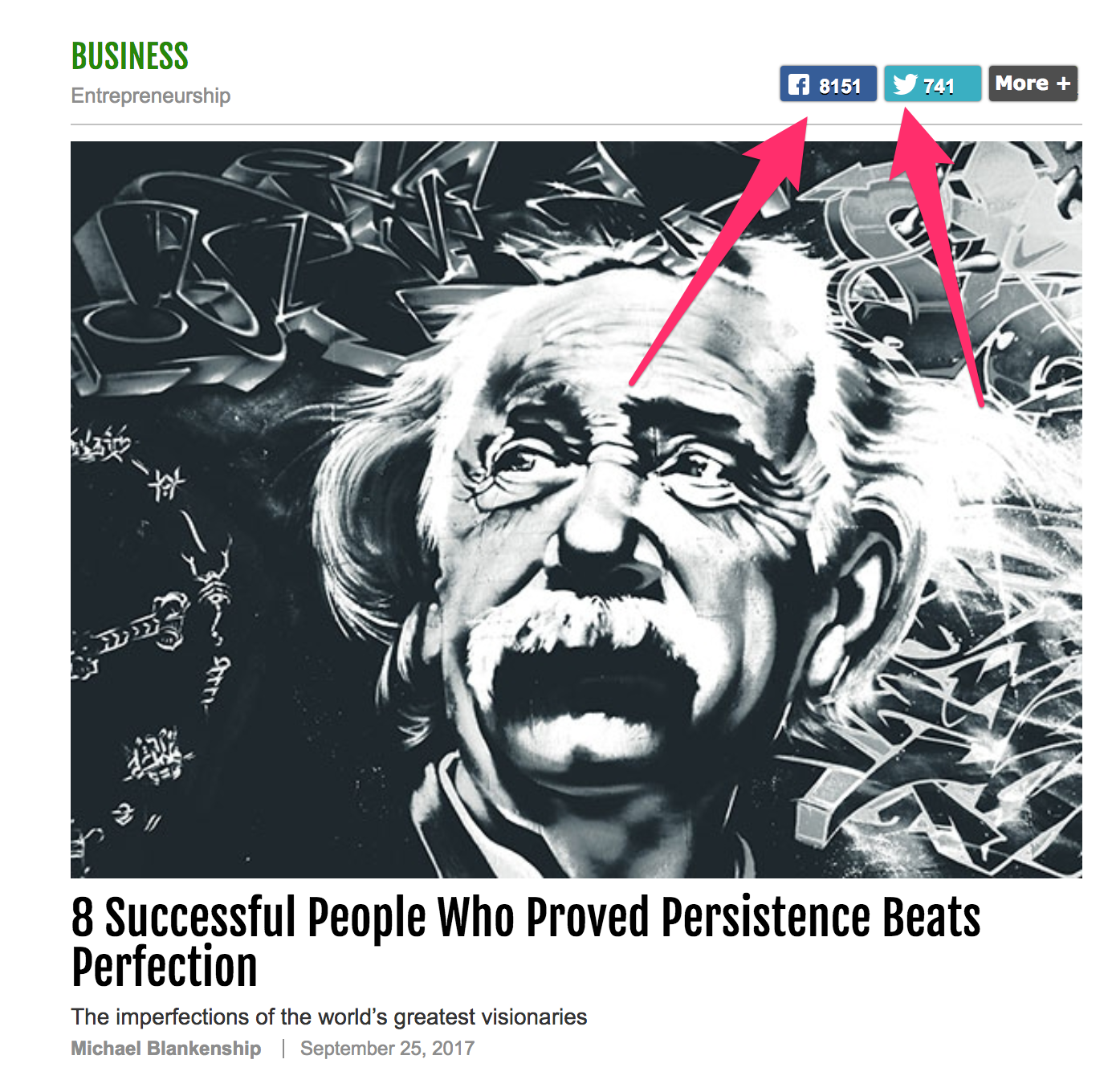
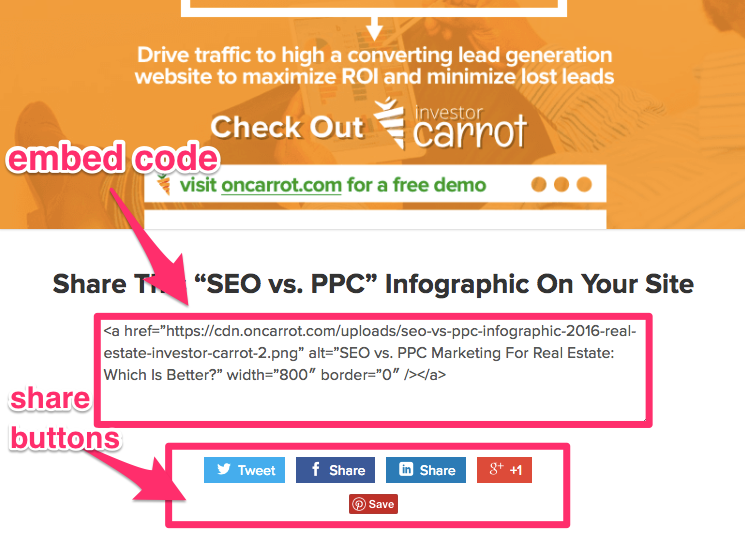
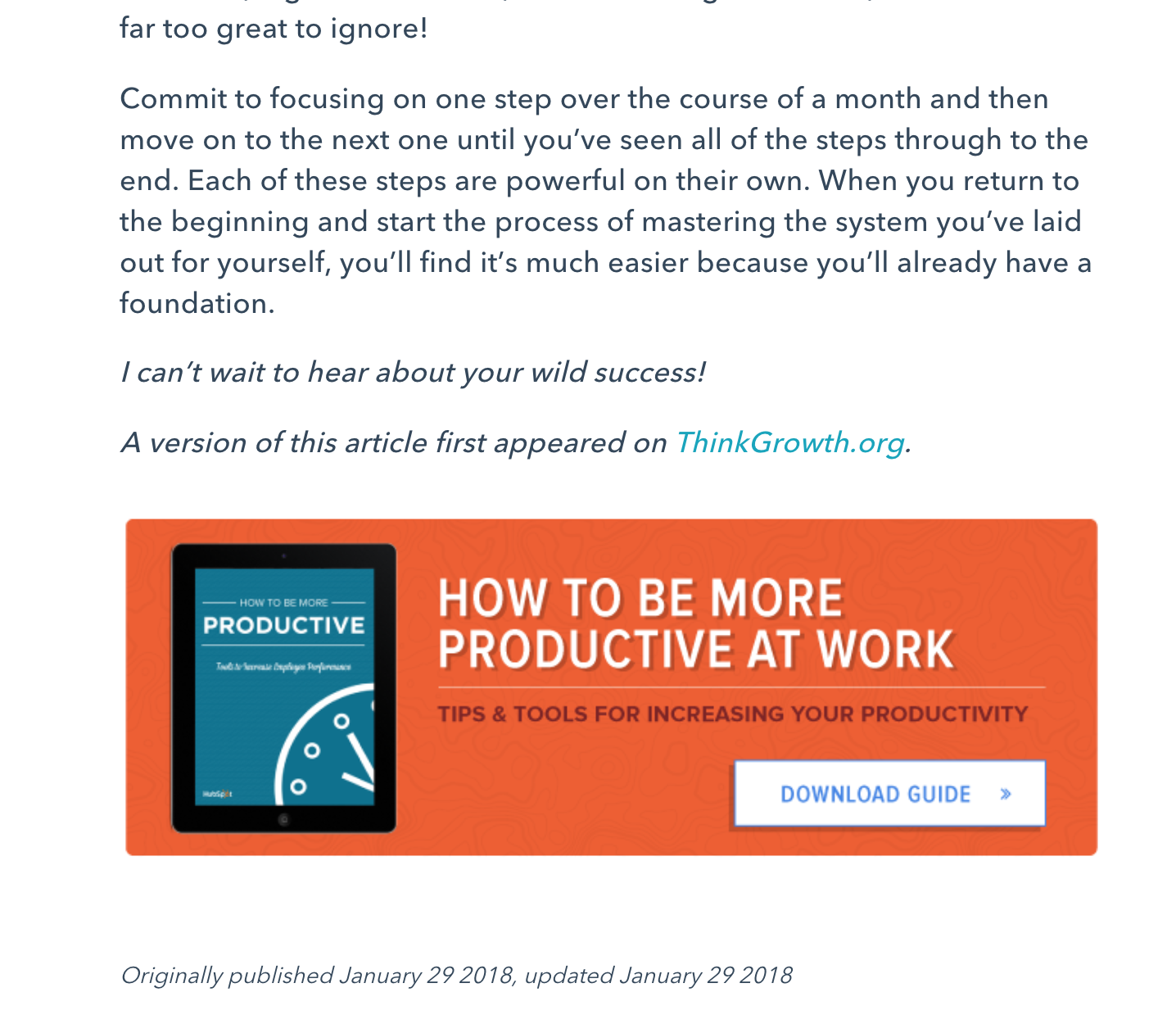
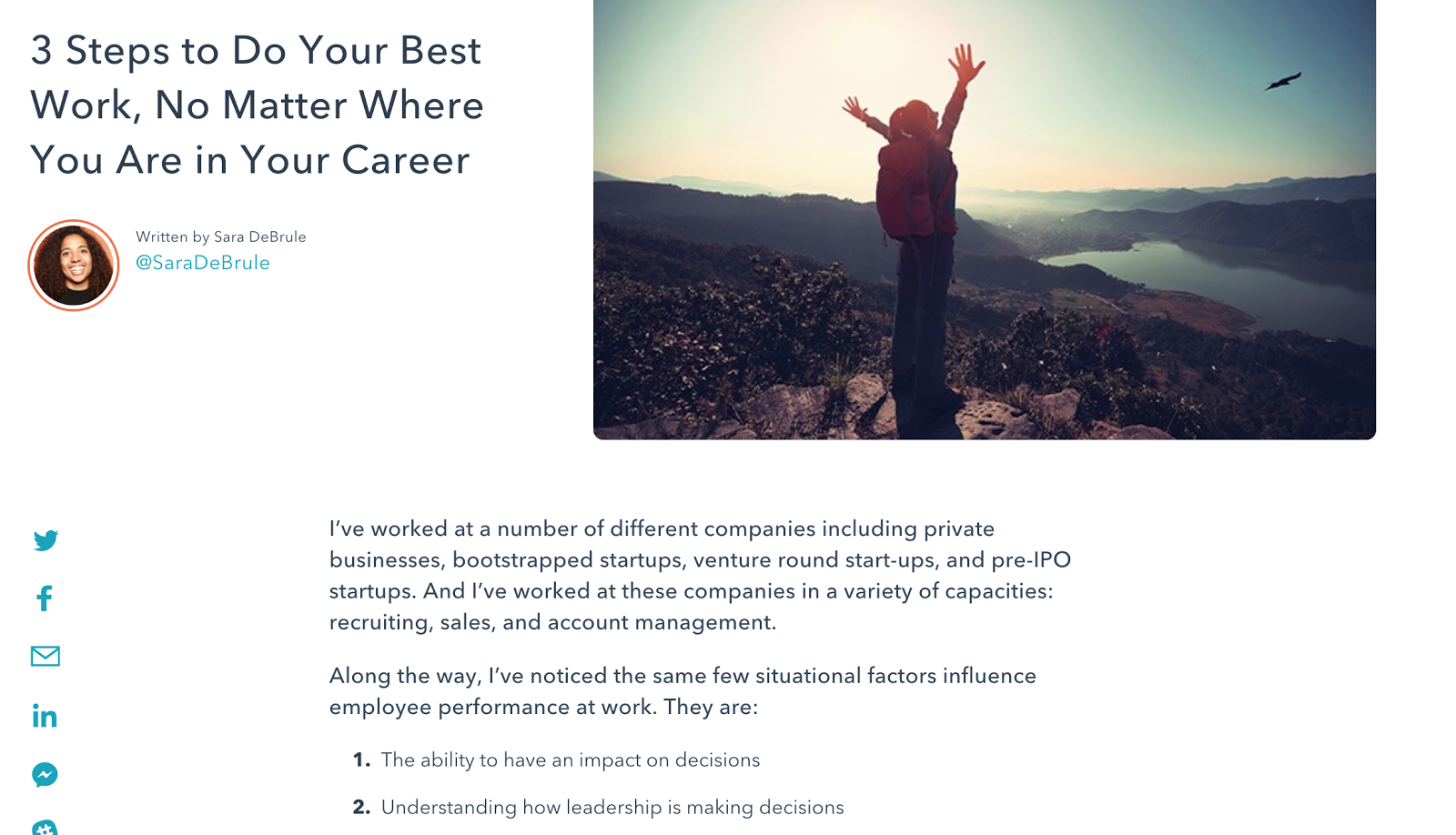
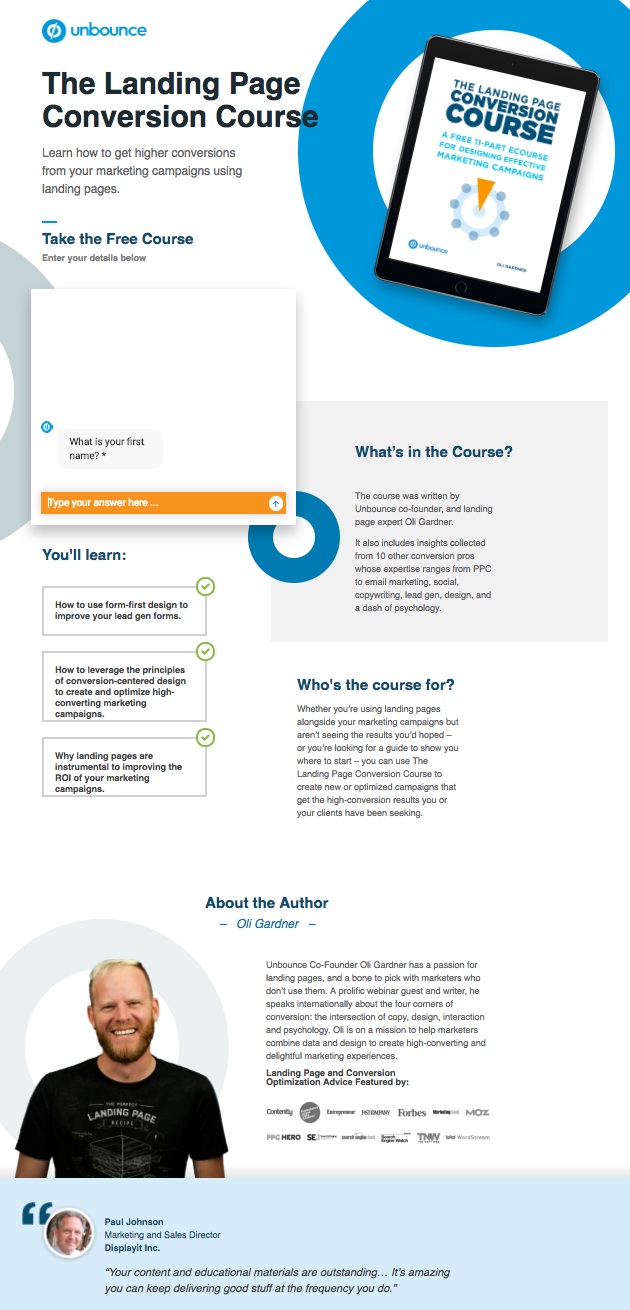
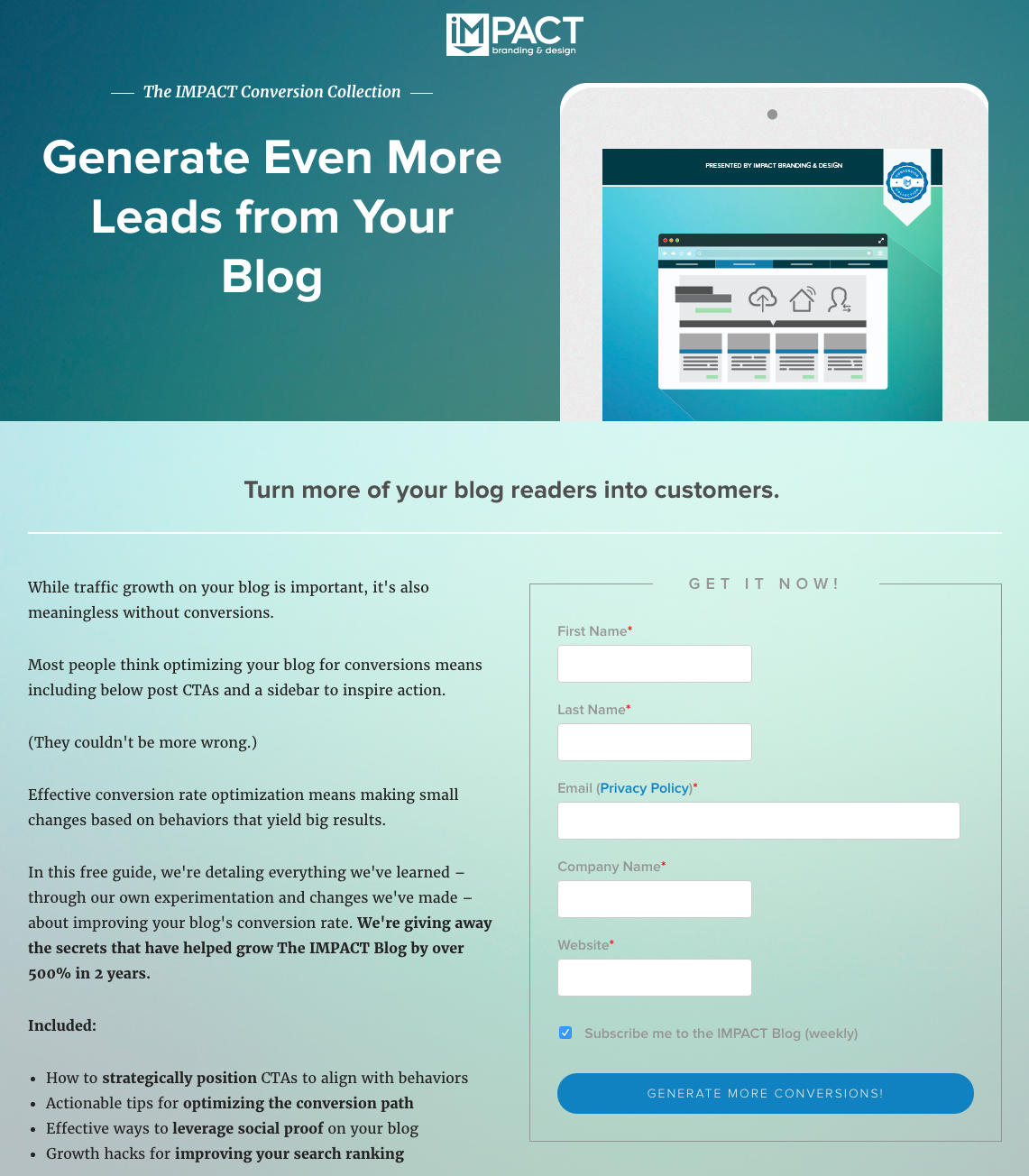
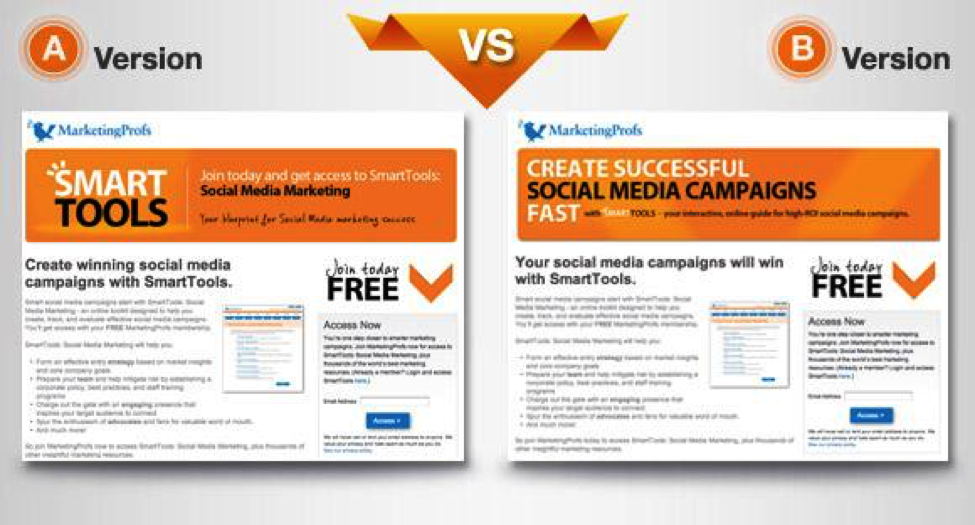

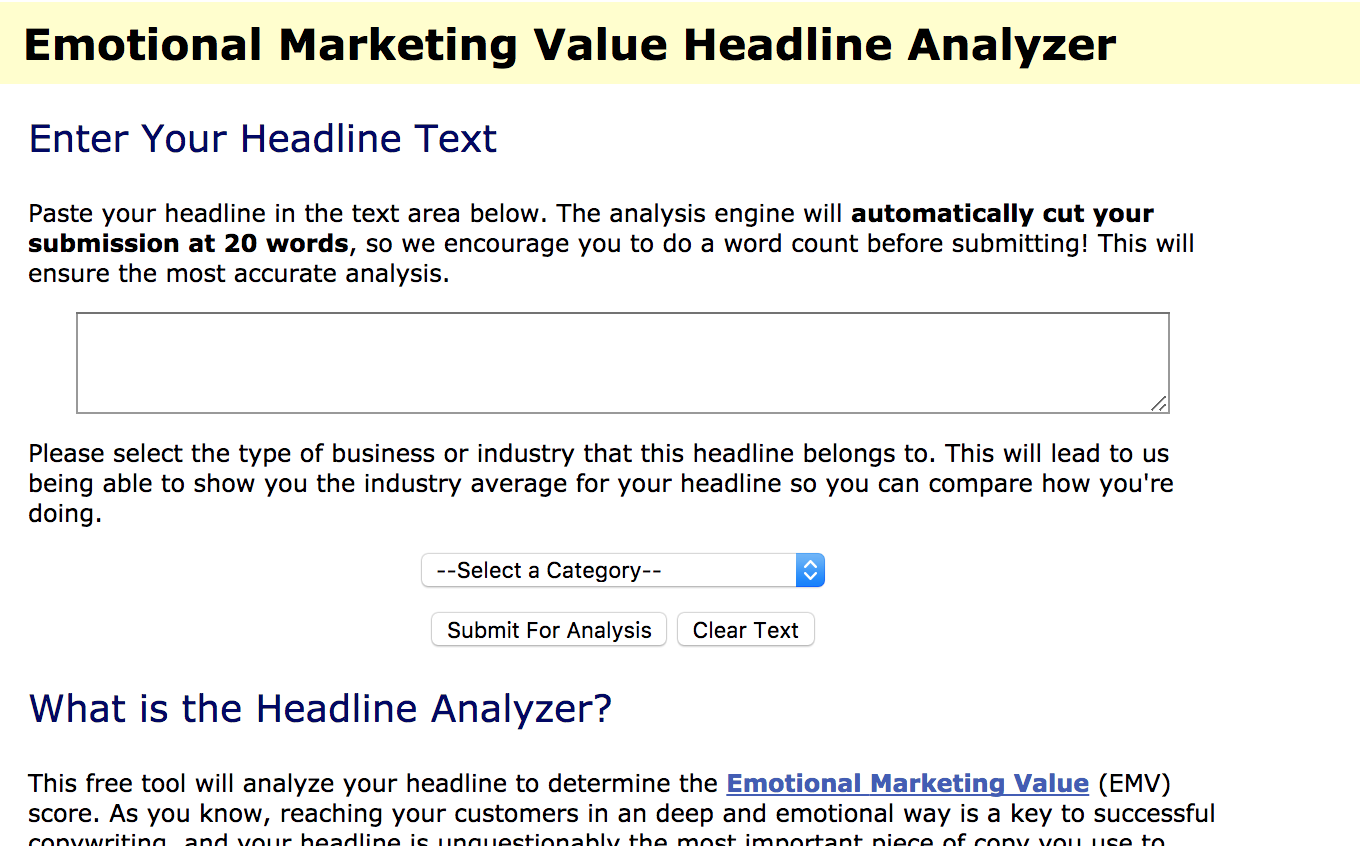
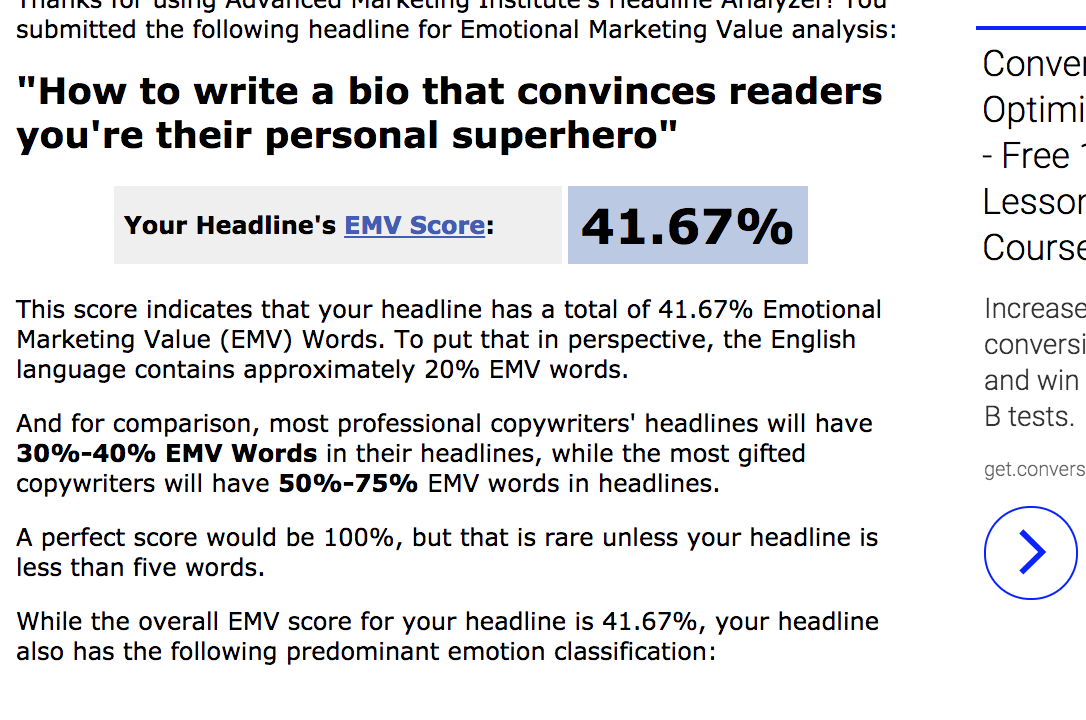
Comments (8)